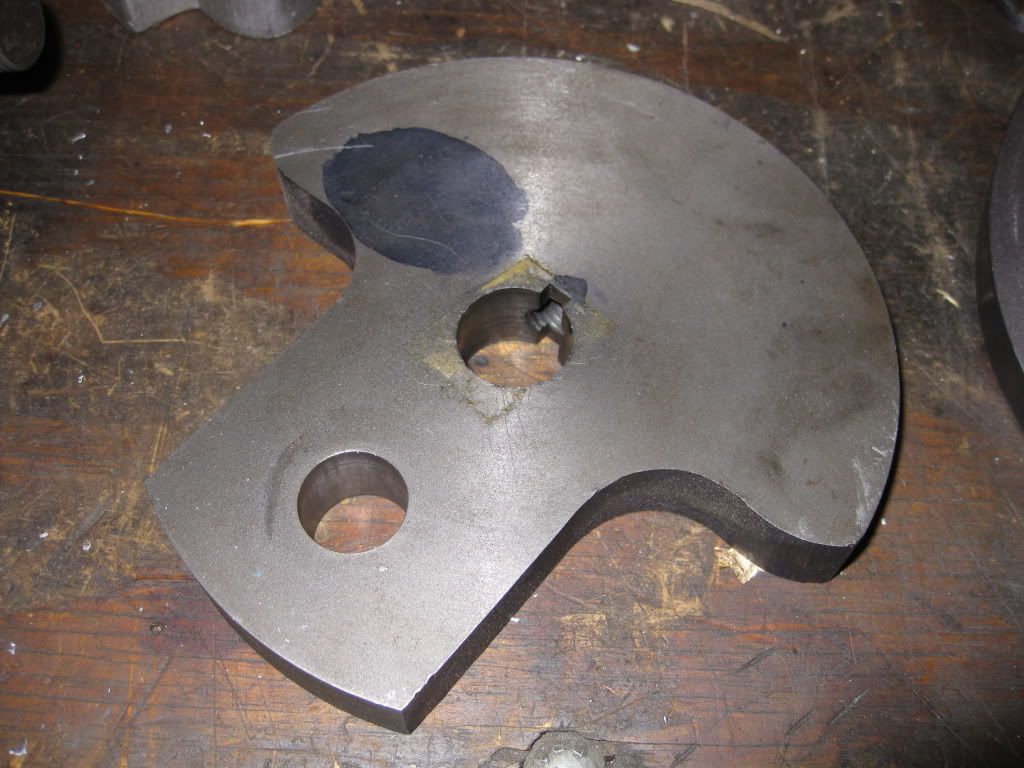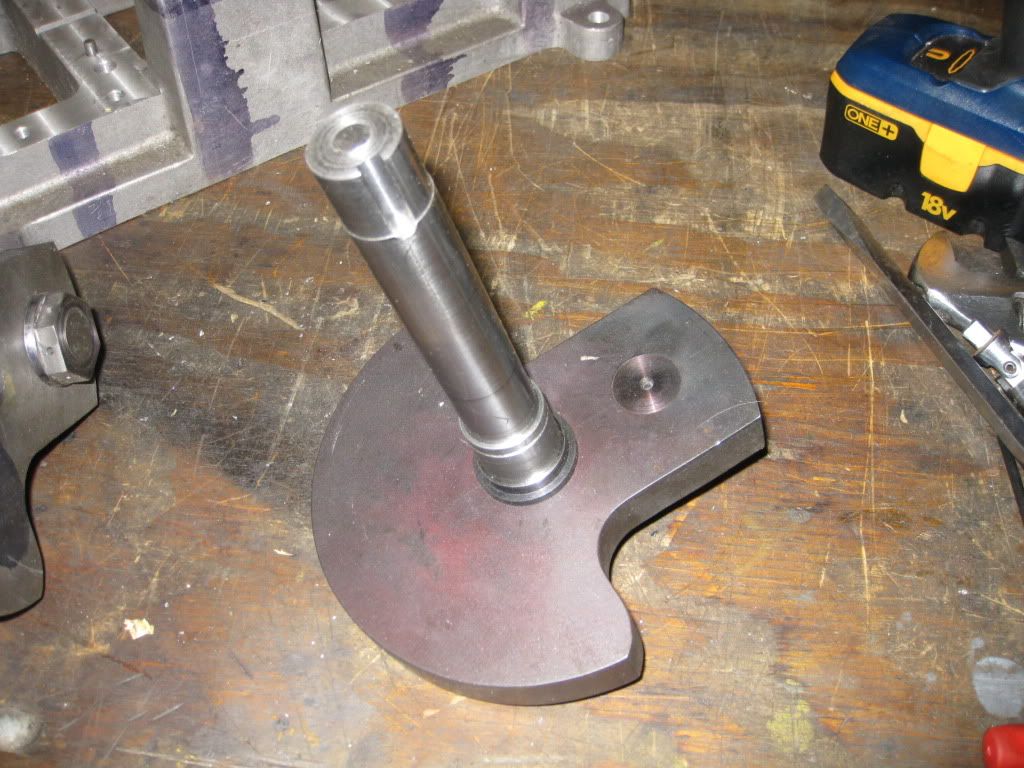Post
by SteamGuy » Mon Mar 19, 2012 4:09 am
Mike-
I guess I have some preconceived ideas about what I would be comfortable with operating.
As far as steam engine design, I like to think I go by the "old school" methods, ie: not use of loctite materials, no modern fasteners, etc.
I did notice that many motorcycle engines have interference fit crankshafts, but then they have multi-million dollar facilities, metalurgists, machines, precision quality control, etc, and can make it happen correctly.
I can weld very well, so that was my thought, and I would want a "hardened" engine design which I would hope would be more like industrial grade, with large bearing surfaces, and a very long life. Never mind that most launches may not want or need an industrial grade engine. I do industrial grade electrical design work, and so have an industrial-grade mindset for everything.
My dad always used rolled-in copper tubes in his boiler, but I would proabably only uses a welded steel tube design, just because I am more comfortable with that.
It would be more trouble to weld a crank up, and then machine it straight, but I think that would be a method for me that would be the most "sure thing" arrangement, and should be a very strong crankshaft with proper stress relief. Of course, they did not weld crankshafts in the old days, but from a final visual standpoint, there would be no way to tell if a crank had been welded.
I am just not one to use press fit parts in a high stress situation, and I think about situations where perhaps the throttle is opened too fast, or as others mentioned, the prop gets locked up, or even an inadvertent reversing of the engine. I have also press fit parts, and been off a little, and cracked the part. Same with a heat shrink, you have to pay very close attention, and I would take my chances with welding first.
I guess we all have our own design ideas/methods.
Pat J











